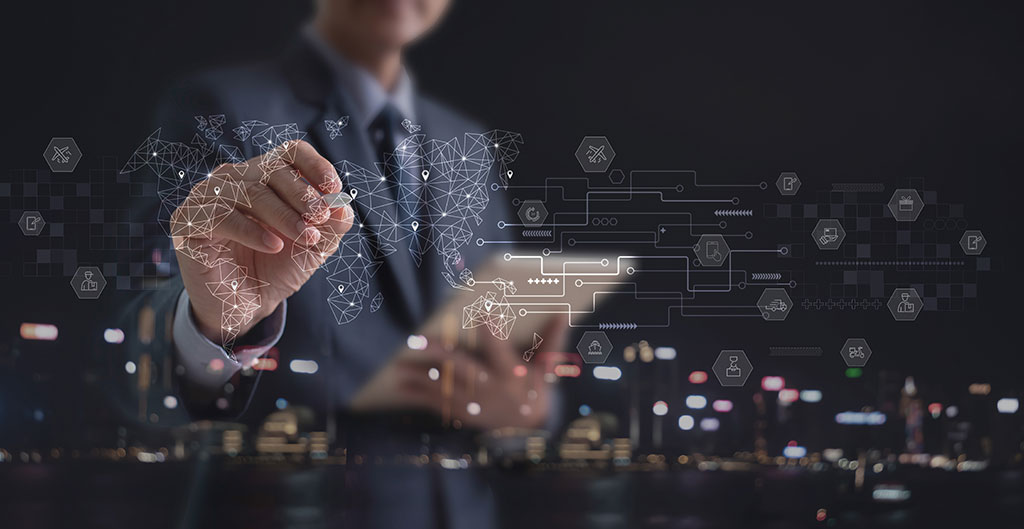TRANSPORTATION IN THE SUPPLY CHAIN MANAGEMENT

The concept of transportation in the supply chain refers to the movement of cargo between two distinct points, whether products, inputs, or even people, animals and other living beings, from an initial point to a destination.
Given the concept mentioned above and integrating the supply chain, this operational activity is part of the entire logistics strategic planning, thus ensuring that the demand reaches its objective, whether in internal logistics (between sectors), or external (delivery to the final consumer, for example).
In the last twelve months, transportation has guaranteed total effectiveness among the operations of the entire supply chain, due to (COVID-19), caused by an overload in the number of demands due to the high consumption of its customers. The world’s manufacturing units have been exposed to a constant series of tests in order to meet all this demand, not forgetting their adaptations and care.
The main objective is to reduce the distance in the process, as well as in the intralogistics (between departments) making the JIT (Just in Time) work effectively, optimizing the entire supply chain management for customer satisfaction.
Within this context, it should be noted that intralogistics or also known as in-house logistics, would be the movement of materials that occur within manufacturing units, warehouses, distribution centers or industrial complexes. These movements are of small stretches, in a constant flow and pre-determined routes. To this end, various pieces of equipment are used, among which we can cite:
- Small trucks (truck type, usually with sider – side tarps that are easy and quick to open and close);
- Carts in drop & hook system (only one mechanical horse, with fast coupling and uncoupling, moving several carts within one area, that is, while one is loading, another is unloading and a third is moving with products or packages);
- Forklifts of various models (electric, gas, and diesel), tugboats (electric and gas powered);
- AGV’s (automatically guided vehicles, which do not require the assistance of an operator);
- Among other tools and auxiliary equipment, such as pallet trucks (manual or electric) and dollies (carts specifically designed for transporting certain parts, covered or not).
The market is changing faster and faster, so new concepts and technologies are emerging, which mess with the whole current structure and make us rethink even models that were once successful. In this scenario it is possible to mention two of them, for example, drones and crowdshipping.
The first one is a relatively new product, but it has been evolving quickly and is already widely used to make counts and inventories, dispensing the use of a forklift. In some countries there are even reports of test deliveries made directly to the final consumer, using drones.
The second case is a concept that is also gaining market share with the advent of applications. What used to be used only for passenger transportation is now also being used for product delivery, hence the junction of the words crowd + shipping.
Business logistics deals with all the handling and storage activities that facilitate the flow of products from the point of raw material acquisition to the point of final consumption, as well as the information flows that put the products in motion, with the purpose of providing adequate service levels to customers at a reasonable cost.
As one of the main logistics functions, transportation represents a large portion of the logistics costs and expenses within an organization. In its essential activities we can highlight planning, executing, and controlling transportation, cargo handling and storage, distribution of materials and supplies needed for the production line, thus ensuring that all tasks are fully accomplished within the established deadlines, aiming at the efficiency of all strategic planning and that it is accomplished.
And what are the types of transportation in the supply chain?
Many can think only of the modes of transport, whether they are road, rail, waterway, air or pipeline. But these are not the ones we will highlight, we will address the transports that make the supply chain move by a holistic view, which we mention:
● Procurement – Reference to the entire management of the acquisition of raw materials and supplies for a given segment. Being able to establish contacts with suppliers for cost reduction, in function of the freight collection or delivery of goods, and may be by several suppliers or by Milk Run type operations (system of collecting materials in which the same vehicle makes all stops and delivery is made on a date and at a pre-established time).
● Production – Refers to all movement of materials within the stock/warehouse in a way that meets the needs of the production line and/or the sector requesting the input.
● Distribution – Stage after managing the customer’s order of final product, destined to the last links of the chain.
● Reverse – This being the most recent, it uses the same modal for reverse transportation, besides doing the distribution it collects the return product allied to an efficient routing, which reduces operational costs.
Finally, transportation seen in a general way is an essential and necessary part within the management of the entire supply chain, the key is to perform strategic planning that reduces the cost so that it does not reach the efficiency of the related logistics activities.



